Colnago C68 bike review - tradition and technology in perfect proportions
The latest model-C Colnago is still made in Italy and still has lugs, but it is a thoroughly 21st-century superbike
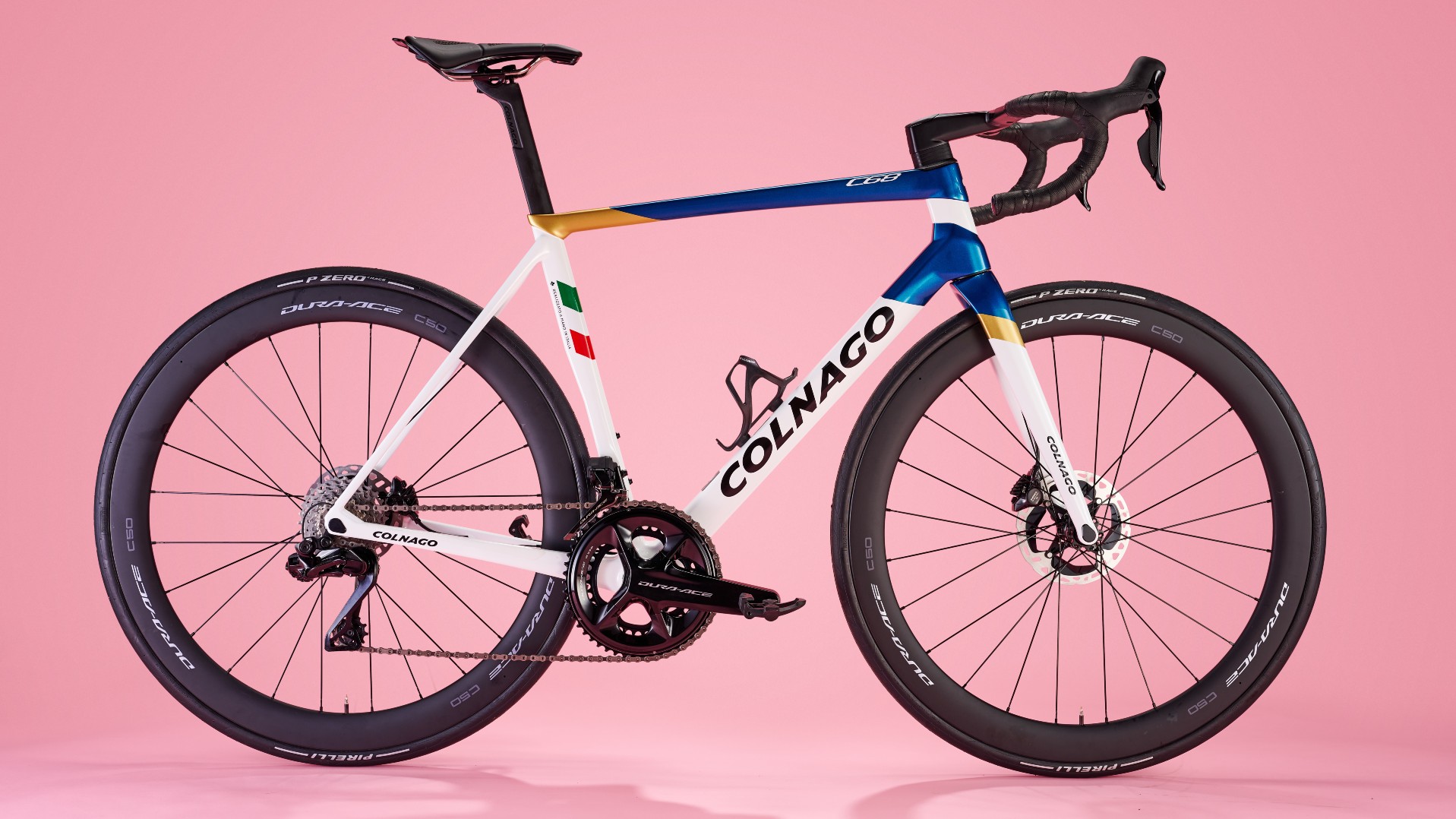
If you want an Italian superbike and have this much money to spend on it then the C68 is worth it. Diehard Colnago fans might be disappointed by the C68’s departure from the visible lugs and Master-profile tubes of previous models, but the reassuringly sublime ride and supremely judged geometry and handling prove nothing has changed. What score other than 5/5 can this bike possibly get?
-
+
Super smooth ride
-
+
Perfect geometry
-
+
Made in Italy
-
+
Blend of traditional and modern tech
-
-
Lacks traditional Colnago model C looks
You can trust Cycling Weekly.
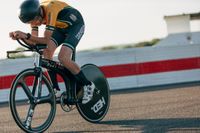
Let’s get the full disclosure/declaration/introduction out of the way first. I am a Colnago fan, I own a steel Colnago Master Olympic and the coffee-table Colnago biography that Ernesto Colnago gave me and signed for me when I interviewed him 11 years ago is one of my most treasured possessions.
However, fans love what they know best - they go to a gig and want to hear the old hits not the new material - so a new Colnago has to work hard to impress me or there’s a danger I might start retrogrouching about how great the Colnago C40 was.
So, first of all I can’t help wondering what happened to the lugs and the profiled tubing that started with the Master and have been a recurring feature of the model-C Colnagos. But, at the same time, I respect that Colnago has avoided allowing the C68 to become a throwback, risking appealing only to Colnago obsessives.
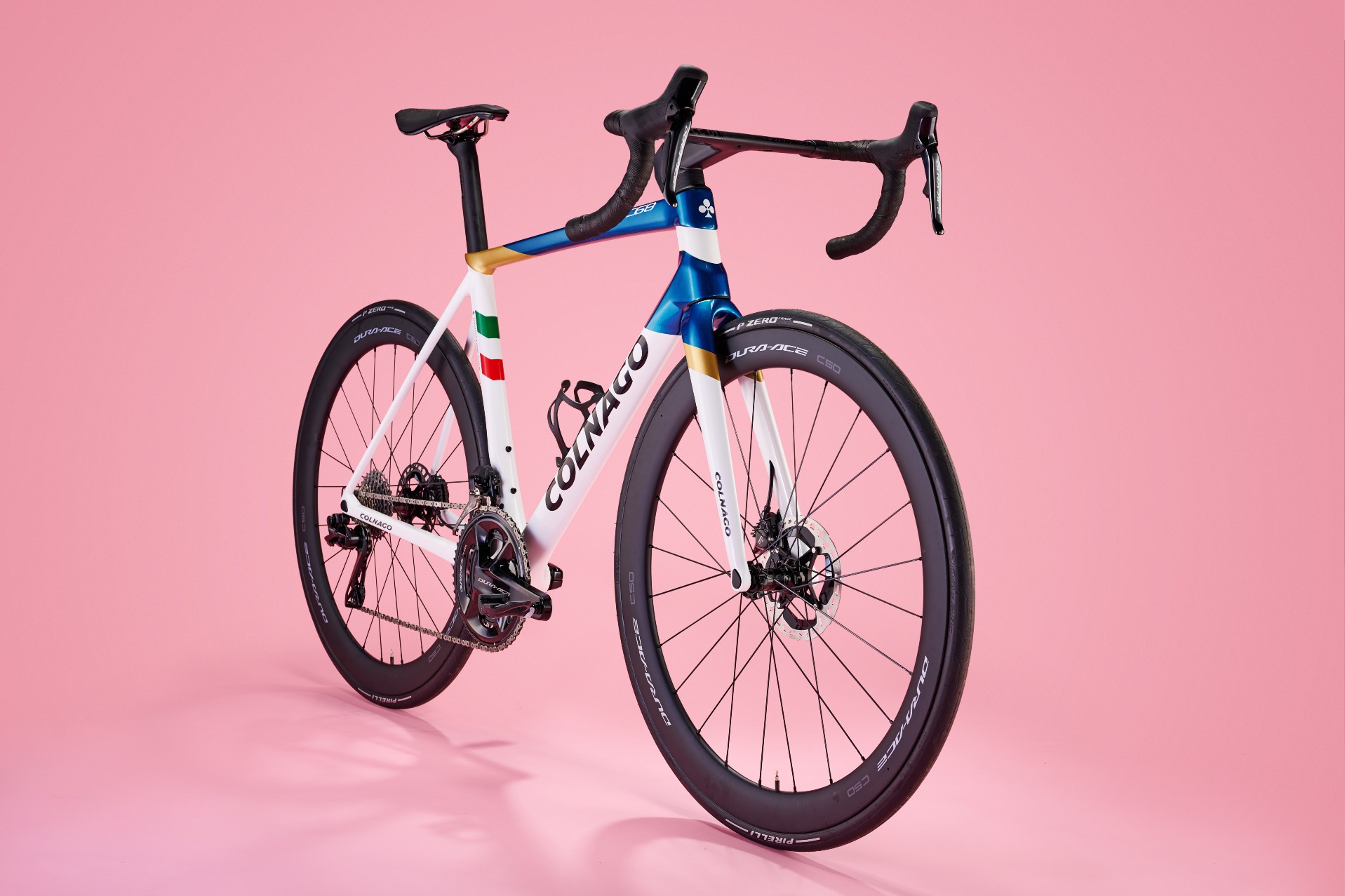
The C68 very cleverly is a lugged bike and is still made in Italy, but the ‘integrated’ lugs now form part of the tubes, giving the bike a modern monocoque-like look.
The bottom bracket shell is part of the seat tube, while the top tube incorporates two lugs: one connected to the seat tube, the other to the head tube.
The other obvious thing that the C68 lacks is Ernest Colnago’s signature. The brand’s founder has now distanced himself from Colnago’s Abu Dhabi-based owners by opening his own ‘La Collezione’ museum which contains the bikes from the original Colnago museum at the HQ in Cambiago.
Colnago C68: frame
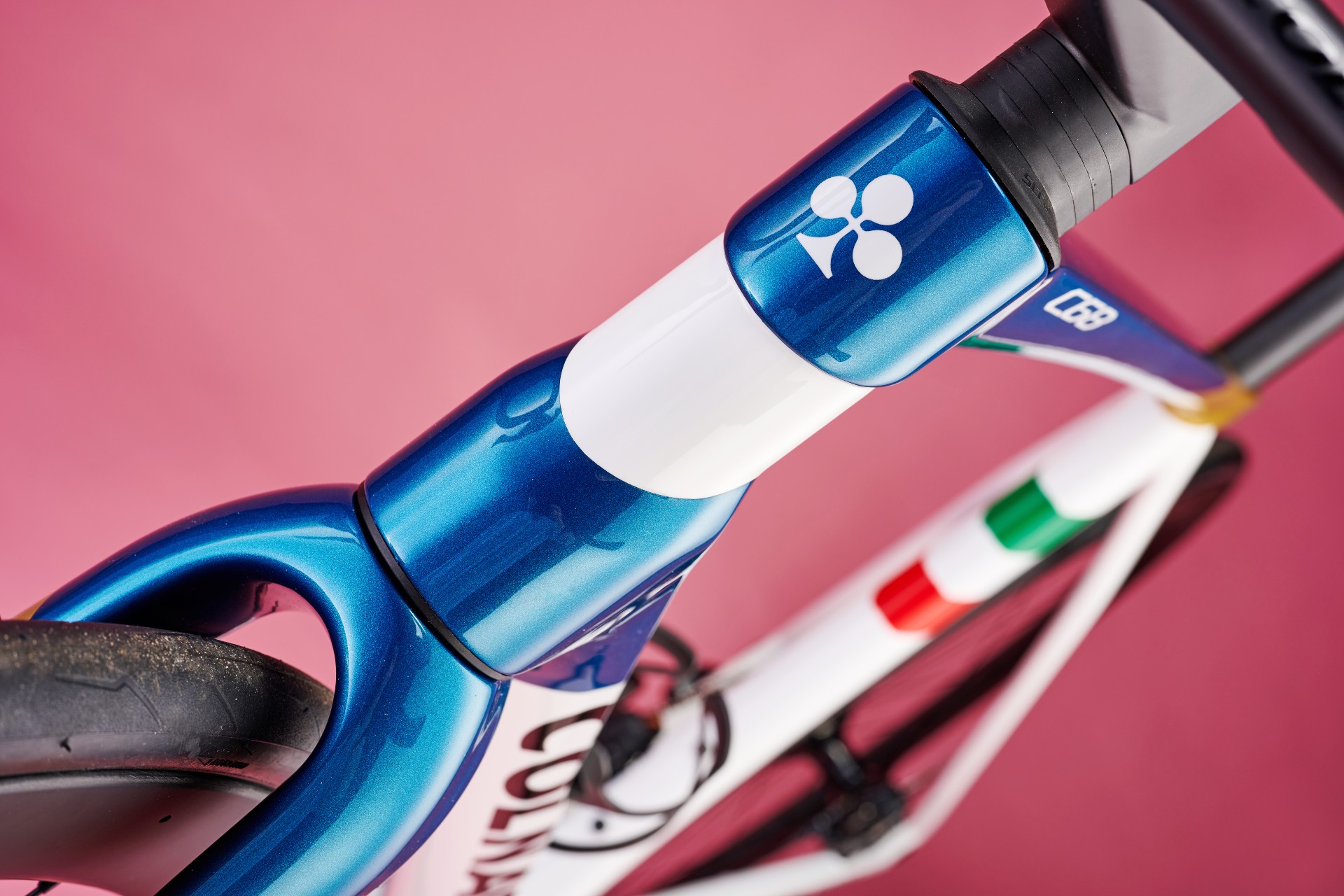
Our test bike is the ‘standard’ carbon version. Colnago also offers a version with 3D-printed titanium lugs that can be made to measure. If you want more visible lugs (and have a big budget) then you might opt for this one.
The latest race content, interviews, features, reviews and expert buying guides, direct to your inbox!
Colnago says the C68 is not for racing - it has “a totally new soul based on performance but also oriented towards riding enjoyment.”
What does that mean exactly? The new Colnago V4RS, the race bike used by Tadej Pogacar and UAE Team Emirates, is lighter and that’s what pros are looking for. As was its predecessor, the V3RS. The claimed frame weight for the C68 is around 925g for a raw size 485, which is roughly the equivalent of a size 53, whereas a size 485 V4RS weighs a claimed 798g.
However, the C68 and V4RS share the same geometry and come in the same seven sizes, which suggests racing isn’t all that far away from the C68’s capabilities.
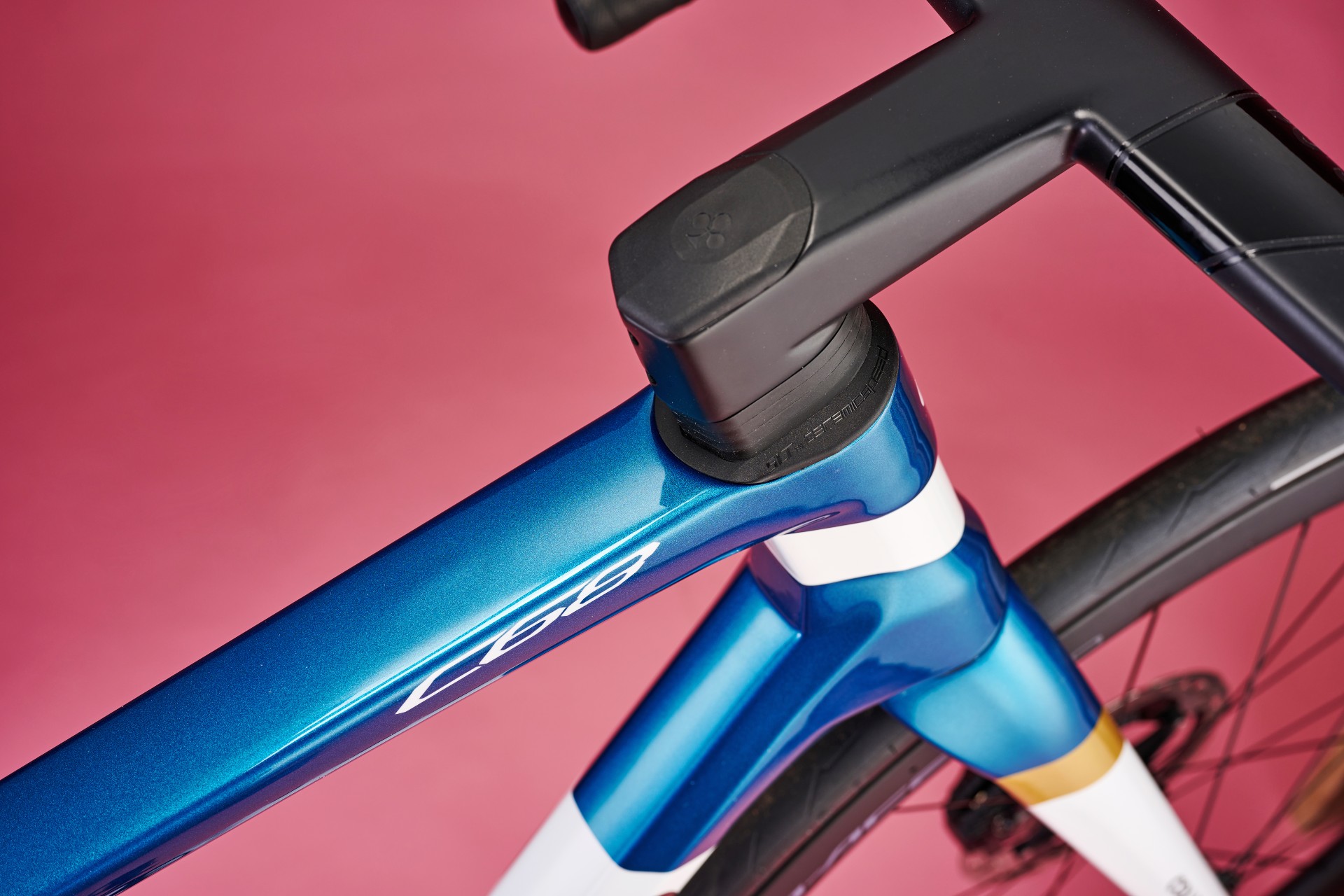
Indeed the geometry is classic race. The stack height of our size 510 (equivalent to a 55cm) has a stack/reach ratio of 1.43, which is average for a race bike of this size and the same as that of the Giant TCR and only slightly less aggressive than the Specialized Tarmac SL7.
Colnago has kept the slacker head angle (71.8 degrees for this bike), which leads to a stable, longer front-centre and no toe overlap despite the bigger tires it now comes with - 28mm on ours but it has clearance for 30.
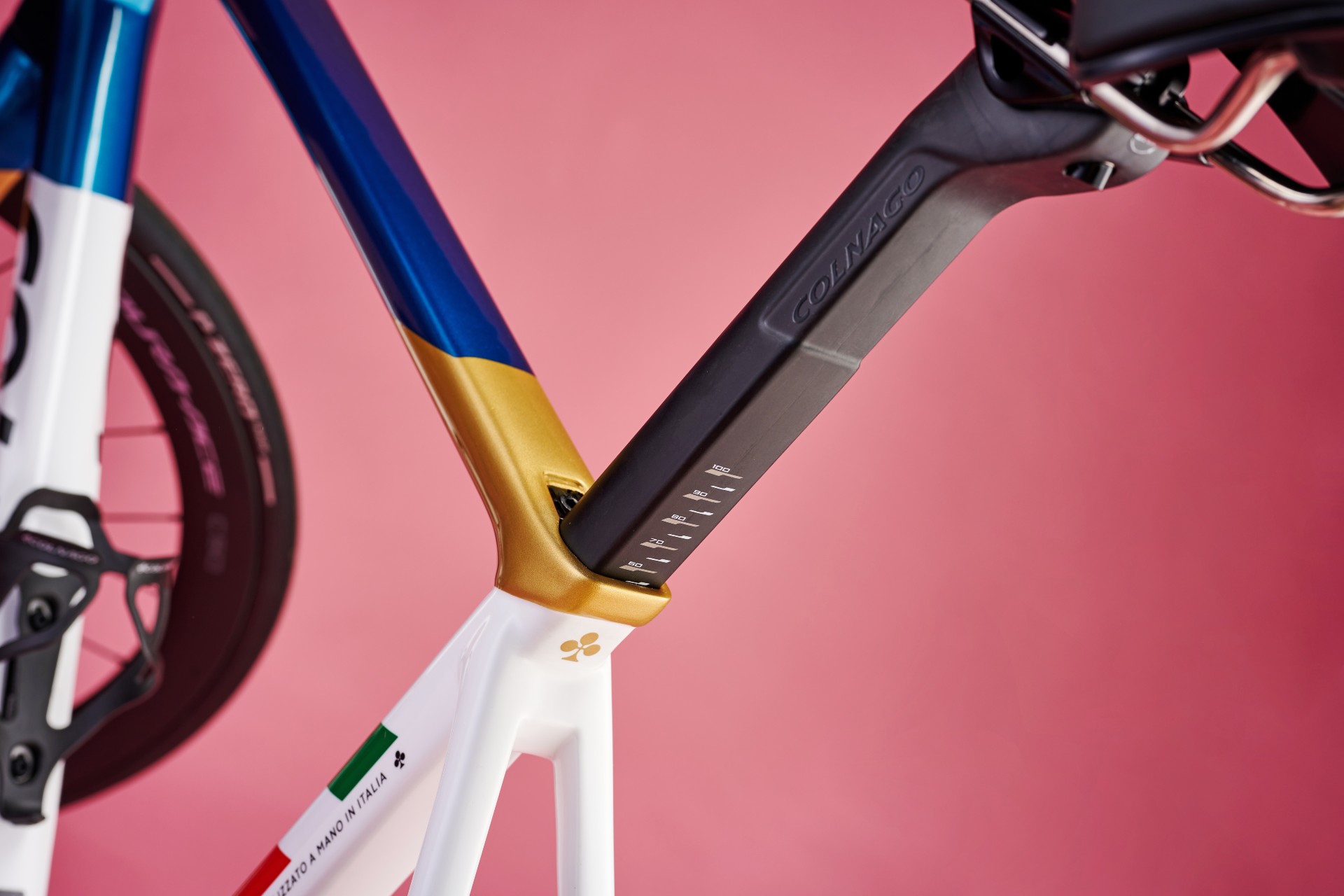
Colnago claimed some big aero savings for the new V4RS but it doesn’t claim any aero credentials for the C68. There's no aerodynamic tubing, though it does come with Colnago’s new integrated CC.01 aero handlebar, which is also specced with the V4RS. And it shares its D-shaped seatpost with the V4RS too.
There are a few more features that ought to be highlighted:
T47 bottom bracket
Colnago has abandoned its own BB standard and gone with a T47, which is a universal standard threaded system that fits pressfit bottom bracket shell dimensions.
CeramicSpeed SLT headset
Since replacing a headset on a bike with an integrated bar is a time consuming and possibly expensive job, Colnago joined forces with CeramicSpeed to give the C68 a headset with a lifetime guarantee thanks to SLT (solid lubrication technology) which is CeramicSpeed’s own secret tech.
Backwards compatible seatpost
Nobody likes proprietary seatposts so the C68 has one that’s backwards compatible with the C64 and also works with the V3RS and V4RS - which also makes it easier for production and spares.
Multitool inside steerer tube
The C68 comes with a cute little Colnago-branded multitool that’s secreted inside the steerer tube that comes out when you twist and lift the top cap.
NFT tag
Colnago has used Blockchain tech via an NFT tag that is the bike’s ‘digital passport’. It contains all the bike’s data and ownership details.
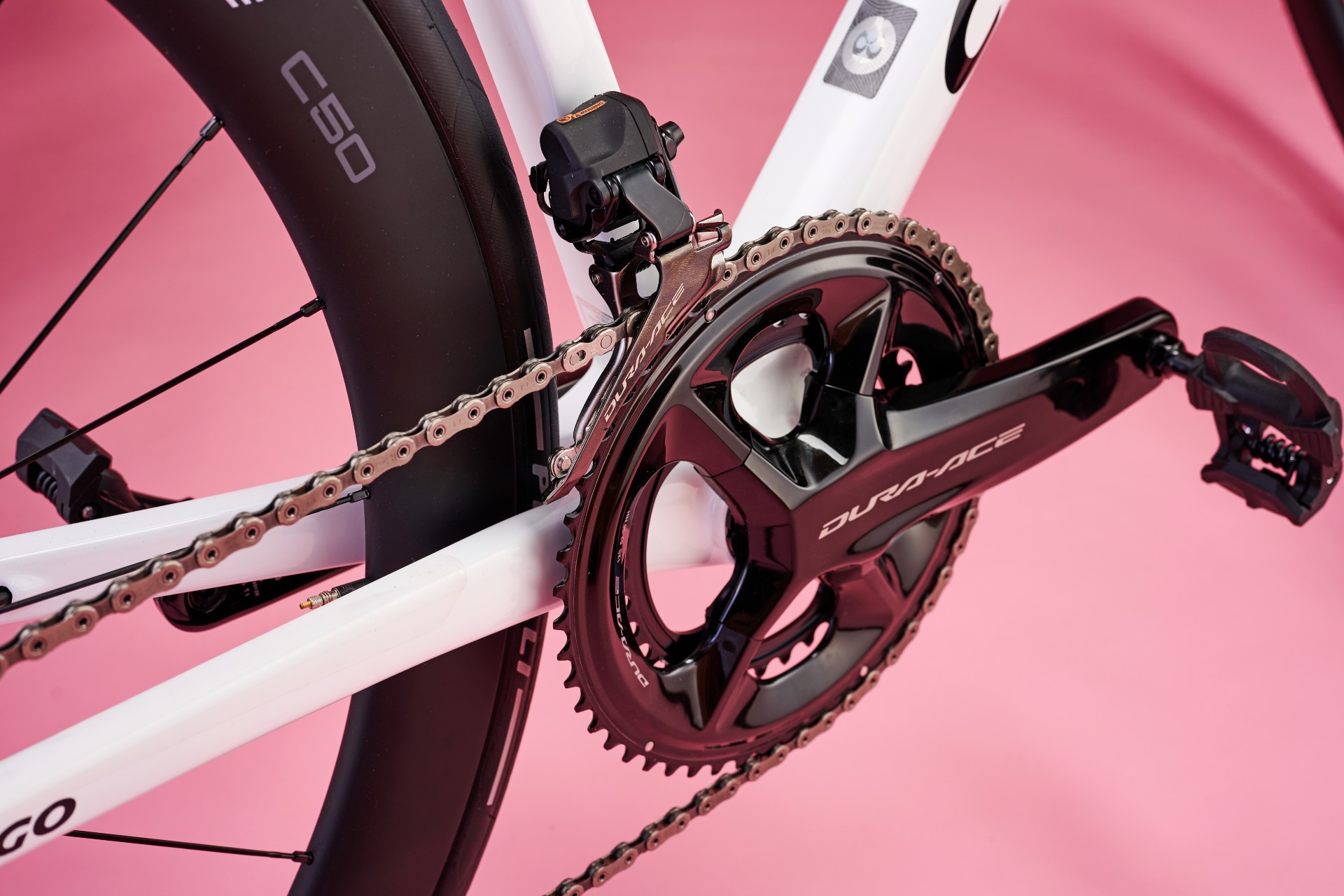
UK distributor Windwave is only bringing in a frameset (£5,269) or this Shimano Dura-Ace 9200-equipped model with Dura-Ace C50 wheels (£12,995). I’m not going to comment but just remember all those classic Mapei wins on the C40 were on Dura-Ace. We gave this latest Dura-Ace five stars when we reviewed it, so let’s leave it at that.
The ride
I am certain anybody who complains about the lack of visible lugs or the lack of Ernesto’s signature will realise how trivial those things are the moment they swing a leg over the C68.
It has a supremely refined ride quality. It floated around my local loops with a sort of nonchalance, as if whatever Surrey gradients or road surfaces I threw at it were just not quite up to its much higher Italian standards. It was as if it had ordered a glass of 10-year-old Barolo but all I could offer was a pint of Shere Drop.
Like that Barolo, the handling has a smoothness yet zestiness, a poise and balance that no other bike I’ve ridden recently has matched. I was half expecting brutal rigidity, especially since Colnago claims it’s stiffer than the C64, but I rode it back to back with my steel Master - which I’ve always considered the benchmark for ride quality - and was a bit disappointed to discover that the C68 was much smoother and felt less rigid than the Master.
Not only that, I found it easier to produce more power on the C68 thanks to this, and consequently went faster - though in our car park test (we don’t claim it’s anything more) the Master was in fact slightly quicker on an undulating seven-mile loop for the same power. We put this down to the Master's narrower handlebars.
The C68 sprang up hills - here it was always going to be faster than the 9kg Master. And descending was wonderful. It’s hard to compare it directly against the race bikes I’ve ridden in the last year or two - including the Pinarello Dogma F, the Cervelo R5, the Specialized Tarmac SL7 and the Giant TCR but for sheer enjoyment (the thing Colnago is now aiming at with the C models) I would have to say the Colnago was the ultimate. I would say that because I’m a Colnago fan, you might point out, but I’m convinced that in a blind test I would pick the Colnago.
Value and conclusion
I know, £12.9K is a ridiculous amount of money for a bike but the top Dura-Ace specced Specialized S-Works Aethos and Tarmac cost more at £13,950.
If I had that much money and was asked to buy any new bike I liked with it - we can always dream - I would spend it on this one.
Spec
- Frame Colnago C68
- Fork Colnago C68 full carbon disc
- Groupset Shimano Dura-Ace 9200 Di2
- Wheels Shimano Dura-Ace R9270 C50
- Tyres Pirelli P Zero Race 28mm
- Bar/stem Colnago CC.01
- Seatpost Colnago C68 carbon
- Saddle Prologo Scratch M5
- Size tested 510
- Weight 7.3kg
Simon Smythe is a hugely experienced cycling tech writer, who has been writing for Cycling Weekly since 2003. Until recently he was our senior tech writer. In his cycling career Simon has mostly focused on time trialling with a national medal, a few open wins and his club's 30-mile record in his palmares. These days he spends most of his time testing road bikes, or on a tandem doing the school run with his younger son.
